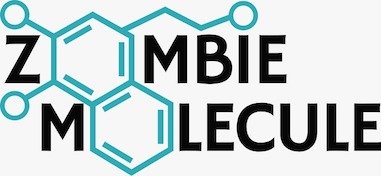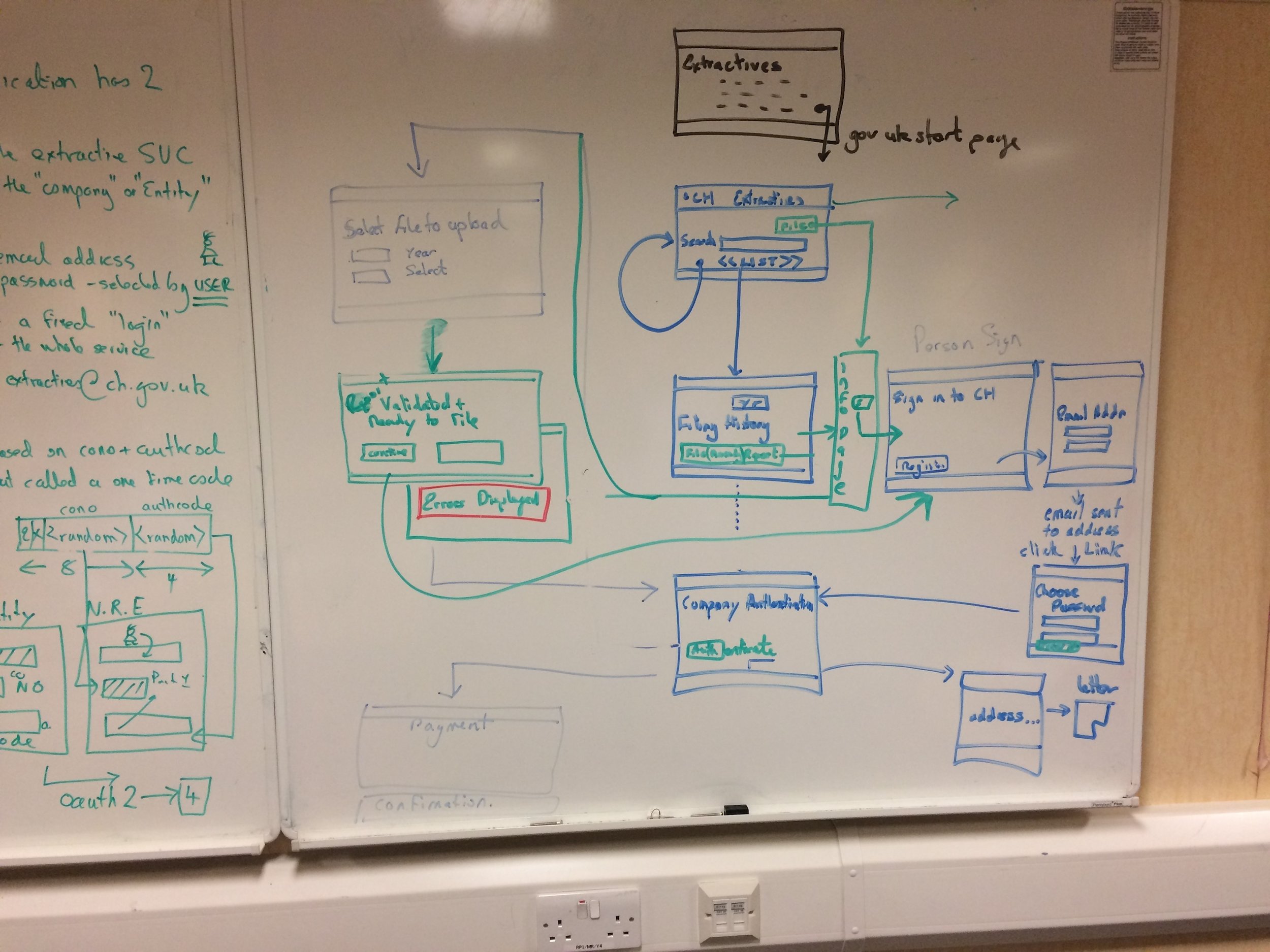
RESPONSIVE WEB SERVICE TO REPORT
NATURAL RESOURCE EXTRACTION
BETA LIVE
CHALLENGE AND ROLE
Given the Prime Minister's (David Cameron) pledge for the U.K to provide the E.U with the first extractives payments to government reporting system, there was an expectation to respond to the 2013 E.U. accounting directive bill before January 2016.
Providing transparent reporting on extractives is one of the key intitatives of the E.U to deliver on concuring how traded oil and gas money is being used for human-development.
Length of Project - 6 months, Service Design effort - 12 weeks
APPROACH
We structured the project using the GDS framework - Discover, Alpha and Beta and worked jointly with Cabinet Ministers-Oil organisations-PWC to identify, evaluate and quantify a new digital filing service experience. This specifically included:
Filing journeys - extractives companies who would be required to file reports under U.K law.
Auditing journeys - professional service auditors acting on behalf of extractives to file reports.
NGO and Government journeys - for charities to search for extractives reports and Ministers Question Time on extractive contributions to governments.
OUTCOME
Service went live on 1st January 2016 with first filings occurred April 2016 - current filings 82 (March 2017).
CEO received the first digital service for Companies House and reported back to David Cameron to communicate the launch in Ministers Question Time.
Passed all GDS framework gateways - Discovery, Alpha and Beta.
NGOs and U.K. Government now had clearer visibility of how natural resource money was spent on human development.
HUMAN DEVELOPMENT AND NATURAL RESOURCES
We had to make sure the first digital service for Companies House (CHS) was well researched and fuelled by the collective needs of extractives stakeholders. The service was appropriately designed around three key stakeholders - Natural Resource Oil Companies, Non-Government Organisations (NGO) and U.K Government. Sub-user types were also identified (Complaints Investigators and Customer Care at CHS for those needing support with filings). I produced Extractive 'workflow' user types and high-level user journeys for the team and iterated them through user testing.
Extractives 'workflow' user types and high-level user journeys
“What we don’t have visibility of are finances from [oil companies] when they are trading with 3rd world country dictators. Having access to these numbers helps us to build a case to hold [oil company] and [country] government accountable for mining revenues, that may not have gone back into human development, like education and healthcare.
”
UNDERSTANDING CHS EXISTING SERVICES
One of the challenges CHS faced was how to operate the service when it went to 'Live BETA'. I created a service room and merged all of the primary and sub user-type journeys into a service blueprint. Working with the CHS service operations director, we invited service managers to roleplay through scenarios and write notes on the blueprint of where existing operations could provide support and join up the end-to-end experience when the extractives service went live.
Blueprinting a new offering by exploring with service managers
FUNCTION MAP AND STORYBOARDS
Once we had identified re-usable services I created a function map for the development team to see what roles and responsibilities were going to be in place. I used storyboarded scenarios to test and iterate the function map, and created 'jobs-to-be-done' in a backlog for developers and service managers to prioritise into two-weekly agile sprints spanning 12 weeks.
NON-REGISTERED U.K. COMPANIES
A key problem that had emerged from user testing was how to authenticate non-registered U.K extractive companies, even though they may not originally trade out of the U.K. With the lead technical architect a number of existing solutions in place at CHS were looked at, where I sketched out a number of low fidelity I.A designs. I put these concepts in front of primary users of the service to test and fed-back to the team until we found the right design.
Process flow
The examples below illustrate the user red routes (the user's primary journeys through the Extractives Service) - how filing reports would occur across desktops, and how a responsive design could be used by a user on-the-go to quickly search for a report.
Function maps based on every stakeholder journey
PROTOTYPING WITH USERS
Early prototypes of the service were heavily iterated through user testing, and discovery and alpha GDS framework assessment feedback. I A/B tested a number of designs through remote testing and on-site visits, taking developers with me so they could see how users worked through search usability tasks.
Testing and reporting on design hypothesis
Feeding back to developers
Prior to beginning sprints, I created a 'wall of iteration' to help developers see detailed user comments as they experienced iterations of the service. This was incredibly helpful for developers, and led to a number of participatory design sessions to create new 'jobs-to-be-done' for the product backlog prior to planning the next sprint.
LAUNCH: CHS CEO AND GDS ASSESSMENT
We demonstrated the service to the CEO of CHS and GDS assessors by role playing various stakeholder hats, and passed the BETA assessment first time. We were praised by the CEO and GDS assessment team. The service blueprint got significant attention, where a copy was taken away for another government service project to get stakeholder buy-in.






















